June 26, 2014
Building conservation award goes to Sixty London gatehouse
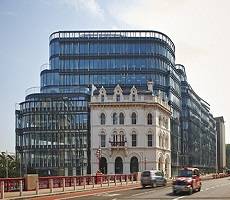 A City Heritage Award for Building Conservation has gone to architects KPF and the City of London Corporation for the rebuilding of the Sixty London gatehouse and restoration of the adjoining Holborn Viaduct. The schemes, which were completed in the Autumn of 2013, were honoured for their high standard of craftsmanship and finish. Sixty London replaces Bath House, a former mixed-use development designed in 1967, and rebuilding the northeast gatehouse, destroyed during the Second World War, was a crucial part of the KPF design. The gatehouse re-establishes the original symmetry of four gatehouses which historically stood at the intersection. The new office building comprises 212,000 sq ft of office space from Basement to ninth floors and is designed to achieve a BREEAM ‘Excellent’ rating. It also won the ‘Best Large Commercial Building’ category at the London region Local Authority and Building Control (LABC) Building Excellence Awards in May. More →
A City Heritage Award for Building Conservation has gone to architects KPF and the City of London Corporation for the rebuilding of the Sixty London gatehouse and restoration of the adjoining Holborn Viaduct. The schemes, which were completed in the Autumn of 2013, were honoured for their high standard of craftsmanship and finish. Sixty London replaces Bath House, a former mixed-use development designed in 1967, and rebuilding the northeast gatehouse, destroyed during the Second World War, was a crucial part of the KPF design. The gatehouse re-establishes the original symmetry of four gatehouses which historically stood at the intersection. The new office building comprises 212,000 sq ft of office space from Basement to ninth floors and is designed to achieve a BREEAM ‘Excellent’ rating. It also won the ‘Best Large Commercial Building’ category at the London region Local Authority and Building Control (LABC) Building Excellence Awards in May. More →







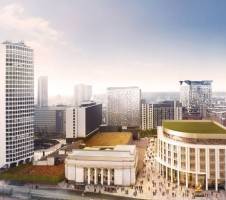
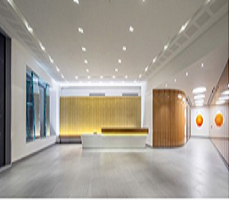



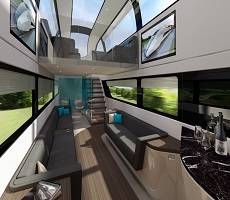
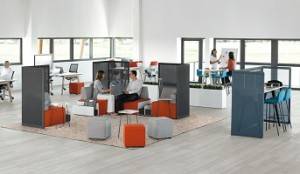
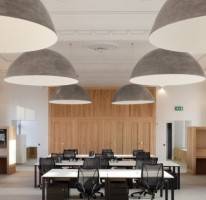










June 27, 2014
Physical workplace should provide an environment in which people can thrive
by Bostjan Ljubic • Comment, Facilities management, Workplace, Workplace design
More →